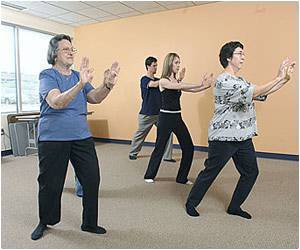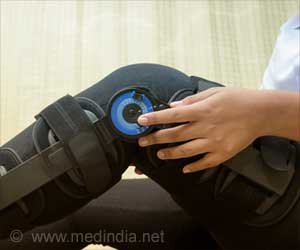Exercise that promotes muscular strength may be just as important for health as aerobic activities like jogging or cycling. Exercise adds number of years to our lives.

TOP INSIGHT
Physical exercise is important for maintaining physical fitness and can contribute to maintaining a healthy weight, regulating digestive health, building and maintaining healthy bone density, muscle strength, joint mobility, thus promoting physiological well-being.
"The study shows exercise that promotes muscular strength may be just as important for health as aerobic activities like jogging or cycling," said Associate Professor Stamatakis.
"And assuming our findings reflect cause and effect relationships, it may be even more vital when it comes to reducing risk of death from cancer."
The World Health Organization’s Physical Activity Guidelines for adults recommend 150 minutes of aerobic activity, plus two days of muscle strengthening activities each week.
Associate Professor Stamatakis said governments and public health authorities have neglected to promote strength-based guidelines in the community, and as such misrepresented how active we are as a nation.
"Unfortunately, less than 19 percent of Australian adults do the recommended amount of strength-based exercise," said Associate Professor Stamatakis.
The analysis also showed exercises performed using one’s own body weight without specific equipment were just as effective as gym-based training.
"When people think of strength training they instantly think of doing weights in a gym, but that doesn’t have to be the case.
"Many people are intimidated by gyms, the costs or the culture they promote, so it’s great to know that anyone can do classic exercises like triceps dips, sit-ups, push-ups or lunges in their own home or local park and potentially reap the same health benefits."
The research, published in the American Journal of Epidemiology today, is based on a pooled population sample of over 80,306 adults with data drawn from the Health Survey for England and Scottish Health Survey, linked with the NHS Central Mortality Register.
The study was observational, however adjustments were made to reduce the influence of other factors such as age, sex, health status, lifestyle behaviours and education level. All participants with established cardiovascular disease or cancer at baseline and those who passed away in the first two years of follow up were excluded from the study to reduce the possibility of skewing results due to those with pre-existing conditions participating in less exercise.
Summary of key findings:
Participation in any strength-promoting exercise was associated with a 23 percent reduction in all-cause, mortality and a 31 percent reduction in cancer mortality, own bodyweight exercises that can be performed in any setting without equipment yielded comparable results to gym-based activities, adherence to WHO’s strength-promoting exercise guideline alone was associated with reduced risk of cancer-related death, but adherence to the WHO’s aerobic physical activity guideline alone was not adherence to WHO’s strength-promoting exercise and aerobic guidelines combined was associated with a greater risk reduction in mortality than aerobic physical activity alone there was no evidence of an association between strength-promoting exercise and cardiovascular disease mortality.
Source-Eurekalert
 MEDINDIA
MEDINDIA




 Email
Email





